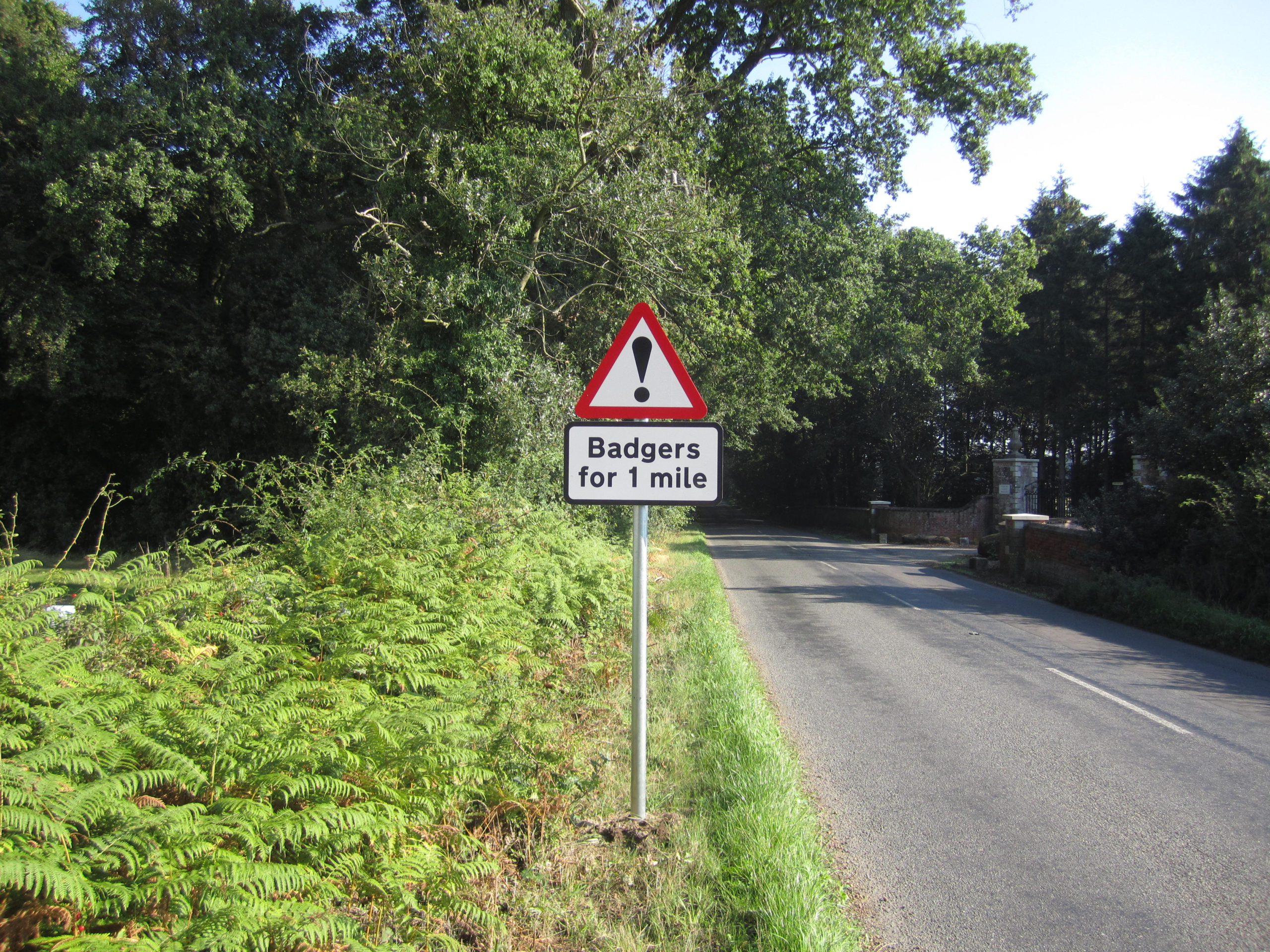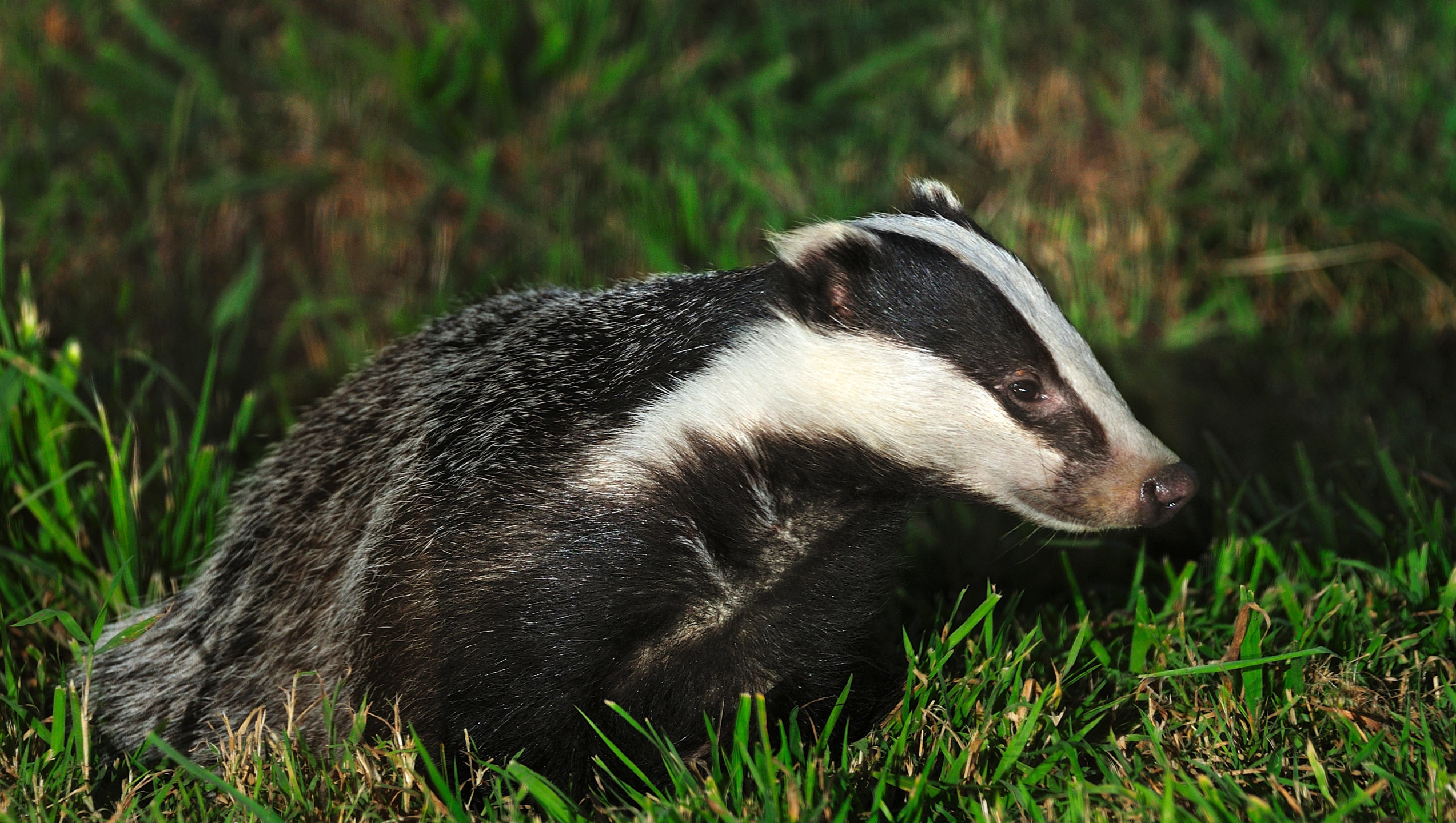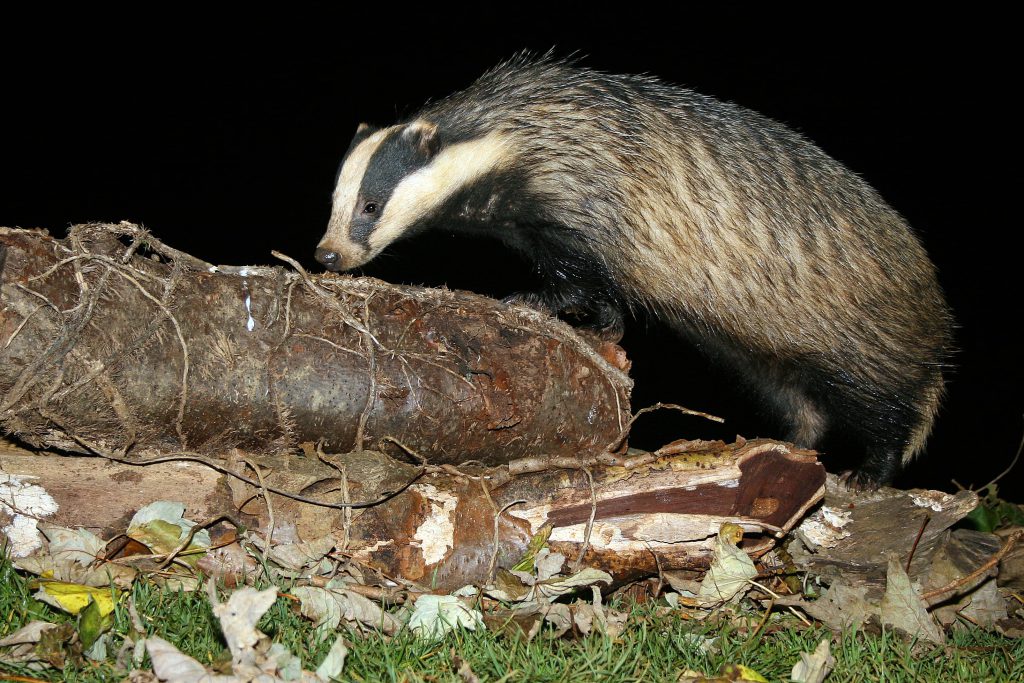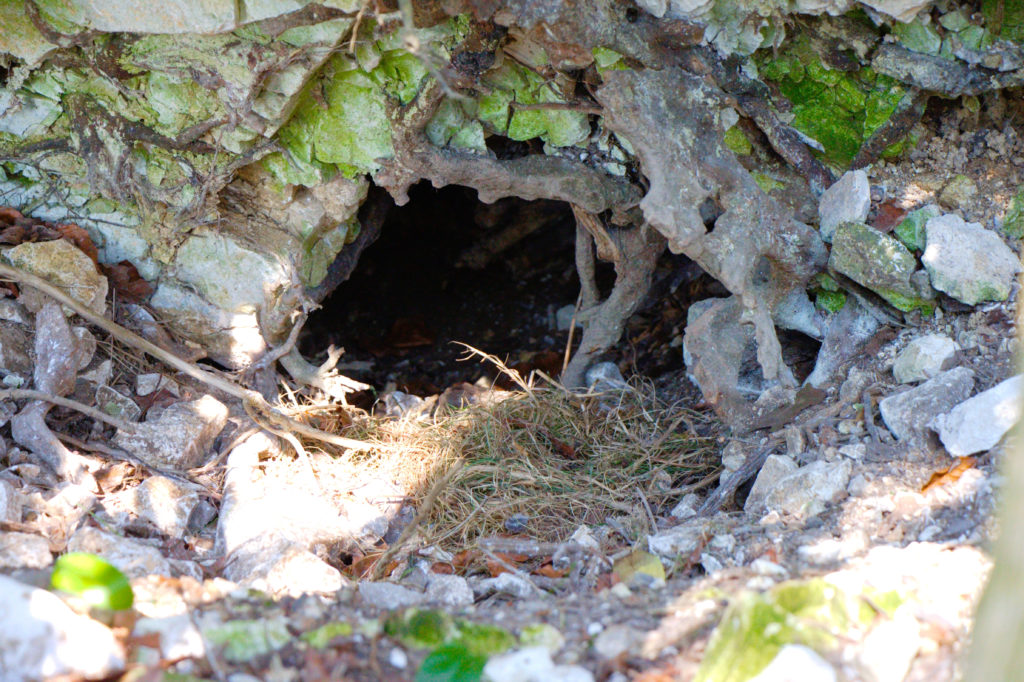Teams based at the Universities of Surrey and Nottingham undertook a collaborative survey of badger carcases in 2016-17 for evidence of TB.
The survey arose from a collaboration between University veterinary schools and various stakeholders, with funding from Defra. It aimed to determine whether or not badgers in the Edge Area in England have TB, and if so, how many and where they are located. The University of Nottingham team, with colleagues at Liverpool, covered the northern Edge Area counties, while the University of Surrey team focused on the southern Edge Area counties. The Edge Area counties are Berkshire, Buckinghamshire, Cheshire, Derbyshire, East Sussex, Hampshire, Leicestershire, Northamptonshire, Nottinghamshire, Oxfordshire and Warwickshire. The final reports containing the results from the study are available on Defra’s R&D website.
Apart from a survey of badgers in Cheshire conducted by the University of Liverpool in 2014, the prevalence and distribution of M. bovis infection in badgers living in the Edge Area of England is currently unknown, but may be of importance in future TB control policy. While there is plenty of evidence to inform cattle-based control measures, the role of badgers in the spread of TB in the Edge Area counties remains unclear.

The approach of this survey was based on a feasibility survey of road-killed badgers in Cheshire in 2014. That study found around 20% of road-killed badgers were infected with TB, with 10% of those infected having developed signs of disease. Live badgers were not caught or sampled, and no badgers were harmed as part of the study. Instead, the study made use of badgers killed on our roads.
For the University of Nottingham and Surrey study, a network of farmers, landowners, wildlife groups, animal health professionals and other stakeholder organisations was established to collect fresh 'found-dead' badger carcases for examination at the collaborating universities.

Using road-killed / traffic-accident sampling is a valuable way of studying disease and conservation issues in wildlife that makes use of an otherwise wasted resource. The badger carcases were also used to study a range of other diseases and conditions, and also to develop new diagnostic tests, although these studies are not part of the Defra-funded survey.
Carcases were collected using a special collection kit and according to an approved protocol. All carcases were accompanied by a completed, signed submission form and delivered to a designated collection site. Detailed post-mortem examinations (PME) were carried out, and tissue culture to try to isolate M. bovis.
Results of the study
The University of Nottingham collected road-killed badgers from the northern Edge Area counties of Cheshire, Derbyshire, Warwickshire, Nottinghamshire, Leicestershire and Northamptonshire. The University of Surrey collected badgers from the southern Edge Area counties of Buckinghamshire, East Sussex, Oxfordshire, Hampshire and Berkshire. Two final reports from the study; one from each university, are available to access on Defra’s R&D website. The reports provide an estimation of the prevalence of M. bovis infection in carcases of badgers found dead throughout the Edge Area of England, and are summarised below.
Northern Edge Area counties – University of Nottingham
- In the northern Edge Area counties, approximately 100 badger carcases were tested from each county.
- The study looked at Mycobacterium tuberculosis complex (MTC) infection in badgers. MTC includes M. bovis and other mycobacteria such as M. microti which is mainly found in field voles but can infect other mammalian species including badgers, camelids and cattle. The study categorised the bacterial isolates using genetic typing (spoligotyping) to distinguish M. bovis from other members of MTC.
- There was variation in the frequency of MTC-infected badger carcases between counties, with Cheshire, Leicestershire and Warwickshire having higher headline infection rates (10-15%) than Derbyshire, Nottinghamshire and Northamptonshire (4-5%).
- Most MTC culture-positive badgers had no obvious lesions of TB. Of those confirmed culture positive, two were emaciated and had widespread tuberculous lesions, and a further two had limited gross TB lesions.
- In Cheshire, most M. bovis isolates had spoligotypes (strains) commonly seen in cattle in the area (25 and 17), and co-localised with cattle breakdowns.
- In Derbyshire and Nottinghamshire, few M. bovis-positive badgers were found but those that were, were also usually infected with spoligotype 25 and co-localised with cattle breakdowns.
- Less clear patterns were seen in Leicestershire, Warwickshire and Northamptonshire. In these counties, a wide range of M. bovis spoligotypes were found in badgers. In some cases badgers were infected with similar strains to those found in local cattle, and sometimes both cattle and badgers were infected with spoligotype 25, which might suggest long distance movement of infection in the past. In other areas, cattle infection or badger infection were found with no evidence of the other species also being infected, at least during the study period.
Southern Edge Area counties – University of Surrey
- In the southern Edge Area counties, the target submission of 100 badger carcases per county was achieved for Buckinghamshire, East Sussex and Oxfordshire, but not for Hampshire or Berkshire.
- Only three M. bovis positive badger carcases were identified, all from Oxfordshire. This represents a prevalence for Oxfordshire of 3/79 (3.8%, 95%CI 1.3-10.6%) and an overall prevalence for southern Edge Area counties of 3/312 (1.0%, 95%CI 0.3-2.8%).
- No gross lesions typical of M. bovis infection were observed in any of the badger carcases examined from the southern Edge Area counties.
- Genetic typing of the three M. bovis isolates was carried out. Spoligotype 10 was isolated from two of the badgers and is commonly seen in cattle in the area. Spoligotype 80 was isolated from one badger, which is a rare strain of M. bovis, at least in cattle. Only two cases of spoligotype 80 have been reported by APHA, from 2003 and 2008, in Shropshire and the Isle of Man respectively.
Conclusions
The estimated prevalence of M. bovis infected badger carcases was significantly lower in southern counties of the Edge Area than in northern counties. The authors of the University of Surrey report conclude that the results suggest that the prevalence of TB is genuinely lower in the badgers from the southern Edge Area counties compared with the northern counties. However, there are a number of factors which may have contributed, individually and collectively, to a lower number of M. bovis positive badger carcases being detected by the University of Surrey. Such factors include issues with contamination of samples, freezing of carcases prior to PME and delays between carcase submission and PME which could have adversely affected the sensitivity of culture.


Whole genome sequencing of M. bovis isolates from badger carcases collected during this study is being carried out to allow better characterisation and comparison of M. bovis strains recovered from badgers. It will also provide information about TB transmission pathways between cattle and badgers in the Edge Area counties.
Data from this collaborative study has been used to inform work carried out by the Animal & Plant Health Agency (APHA) on the extent of the wildlife reservoir of TB in the Edge Area and it will support wider deployment of badger vaccination as appropriate.